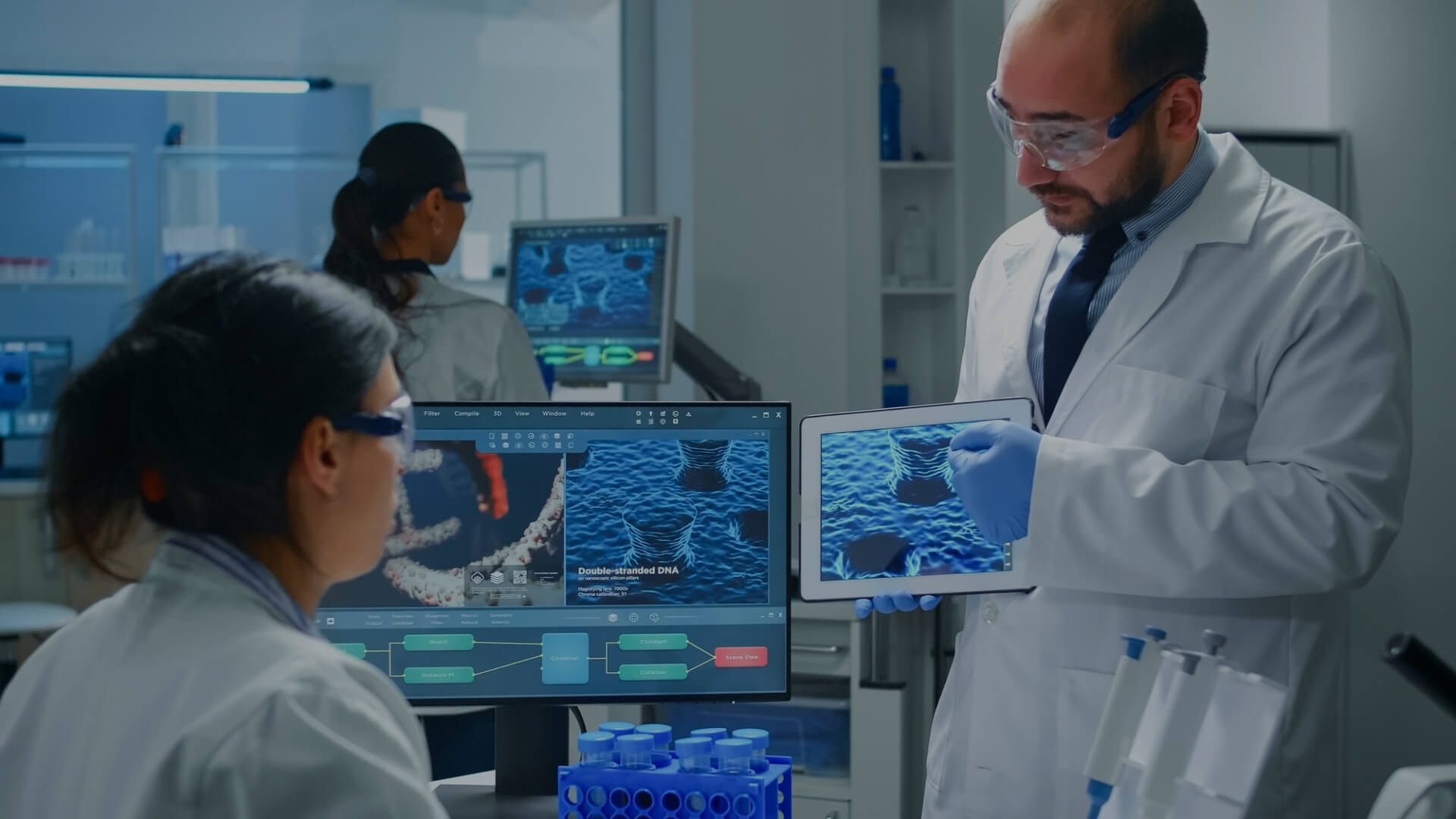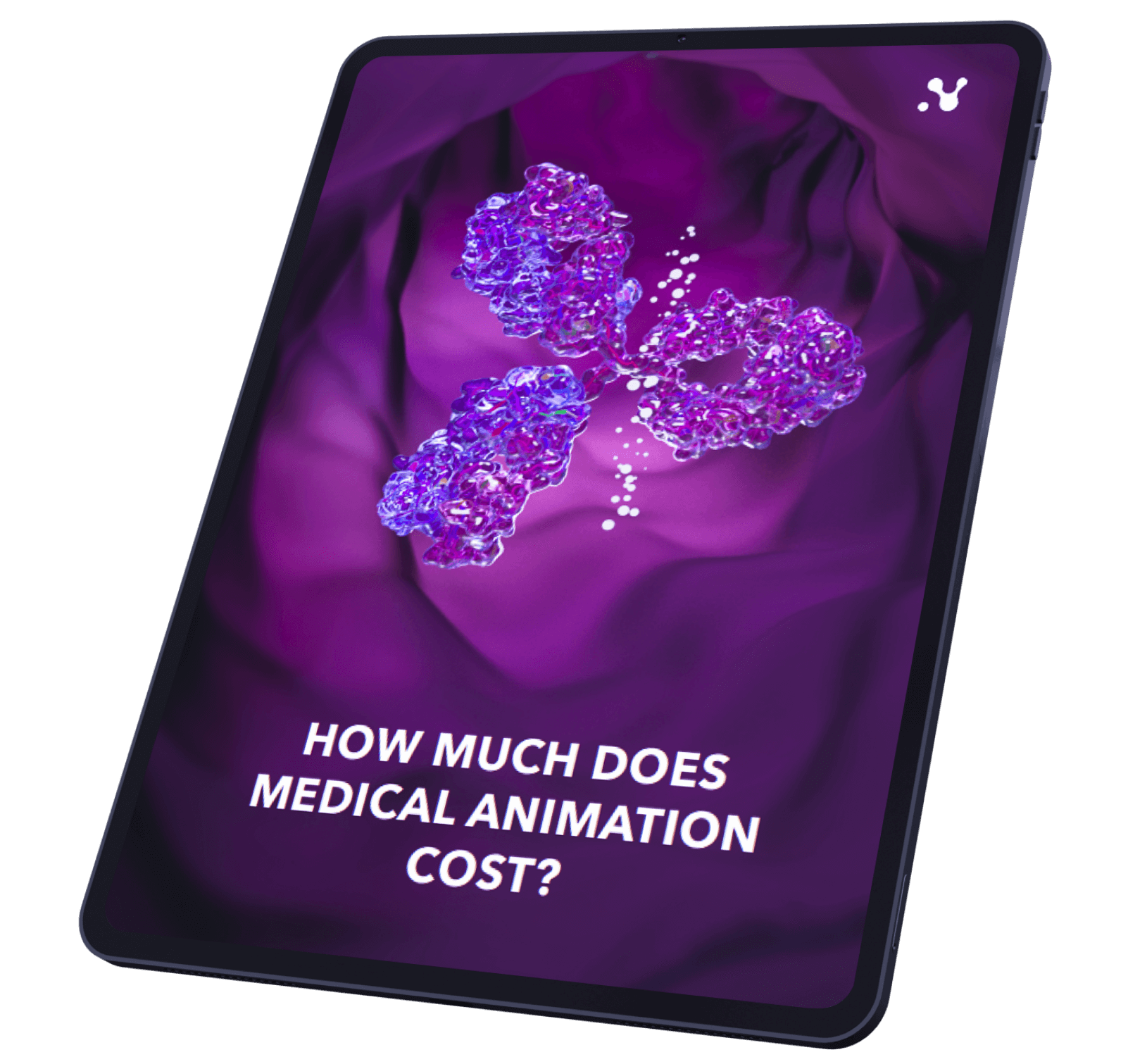Biomanufacturing uses living cells and biological systems to create pharmaceuticals, biopharmaceuticals, and other valuable products. A cornerstone of modern biotechnology, this intricate process involves diverse steps, encompassing cell cultivation, fermentation, purification, and quality control. In recent years, the fusion of animation technology with bioprocessing has emerged as a transformative tool in optimizing bioprocessing techniques, resulting in heightened efficiency and cost-effectiveness. This article delves into bioprocessing animation, exploring its applications, advantages, and pivotal role in shaping the future of biomanufacturing.
The Complexity of Bioprocessing
Bioprocessing is a complex and multifaceted endeavor that demands meticulous planning, vigilant monitoring, and rigorous optimization. Traditionally, this process has been guided by empirical knowledge and trial-and-error methods. However, as biotechnology advances, more precise and efficient techniques are needed. This is where bioprocessing animation steps in, serving as a conduit to render the various stages of biomanufacturing into dynamic visual representations.
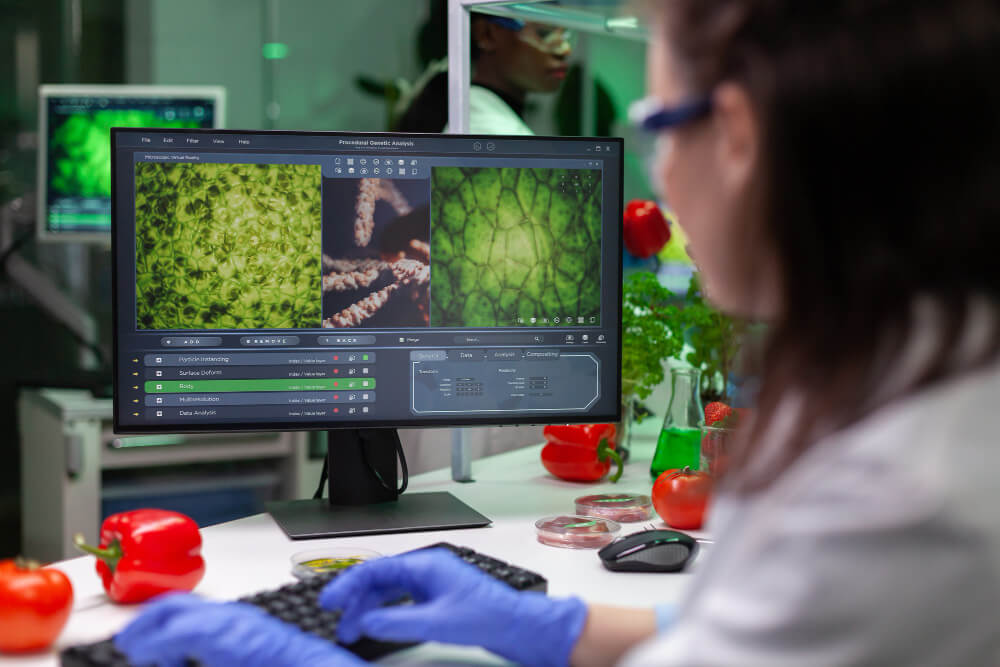
From Static to Dynamic: Benefits of Bioprocessing Animation
Historically, conveying bioprocessing information has relied on static diagrams and text-heavy documents, which often prove inadequate for newcomers attempting to comprehend the intricacies of the process. In contrast, animation offers a dynamic and visual representation that significantly enhances comprehension. The following are key benefits of employing animation in bioprocessing:
1. Visualization of Complex Processes
Bioprocessing entails many intricate steps that can be challenging to grasp through static illustrations alone. Animation provides a means to visualize these processes in motion, helping scientists, engineers, and students comprehend the sequence of events and the interactions among different components.
2. Realistic Simulations
Animated simulations enable the recreation of real-world scenarios, aiding researchers in predicting and understanding how diverse variables might impact the bioprocessing outcome. This helps identify potential bottlenecks, optimize process parameters, and ensure the highest possible yield and quality.
3. Interactive Learning
Animation introduces an element of interactivity to bioprocessing education. Students and professionals can manipulate parameters, pause animations, and explore different process stages at their own pace, making for a hands-on learning experience that enhances retention and deepens comprehension.
4. Error Detection and Prevention
By simulating bioprocessing workflows, researchers can anticipate potential errors or inefficiencies before they manifest in the actual process. This proactive approach can save both time and resources, resulting in smoother biomanufacturing operations.
5. Cross-Functional Collaboration
Bioprocessing frequently entails collaboration among diverse teams, including biologists, engineers, and quality control experts. Animation serves as a universal visual language that facilitates communication and understanding across different disciplines.
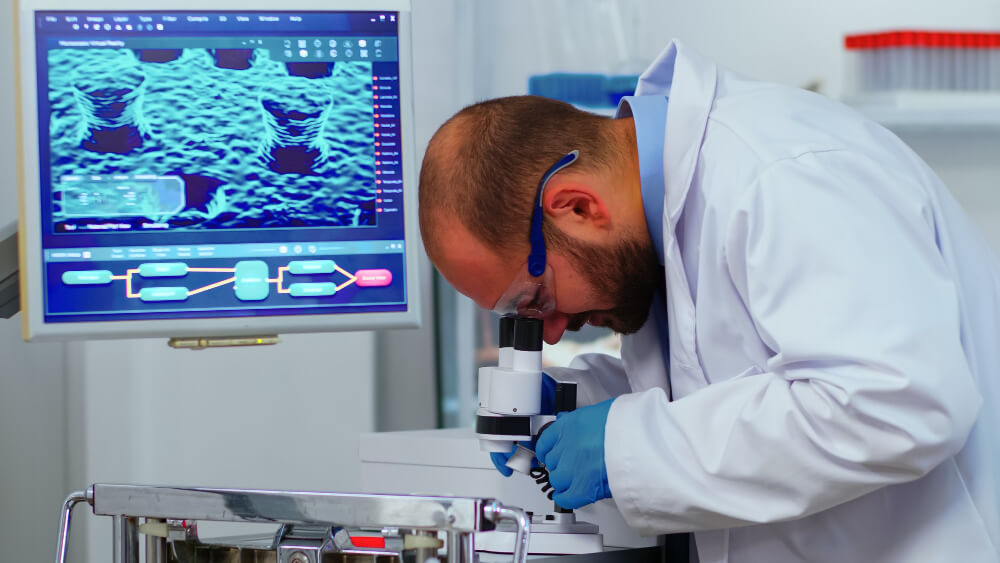
Applications of Bioprocessing Animation
The applications of bioprocessing animation span various stages of biomanufacturing. Let’s explore key areas where animation significantly impacts the process:
1. Cell Cultivation and Fermentation
The initial biomanufacturing step involves cultivating cells and optimizing their growth conditions. Animation helps visualize growth kinetics, nutrient consumption, and waste production within a bioreactor. The insights it provides enable researchers to fine-tune conditions for maximum cell productivity.
2. Downstream Processing
Purifying the desired product from the fermentation broth involves a series of separation and purification steps. Animated simulations can illustrate techniques such as chromatography, filtration, and centrifugation, aiding in process design and optimization.
3. Quality Control
Ensuring product quality and safety is paramount in biomanufacturing. Animation can depict the various quality control tests and analyses performed on the final product, such as protein quantification and stability testing.
4. Scale-Up and Tech Transfer
Transitioning a bioprocess from the lab to large-scale production necessitates careful scale-up and technology transfer. Animation assists in visualizing the challenges and considerations involved in scaling up while maintaining product integrity.
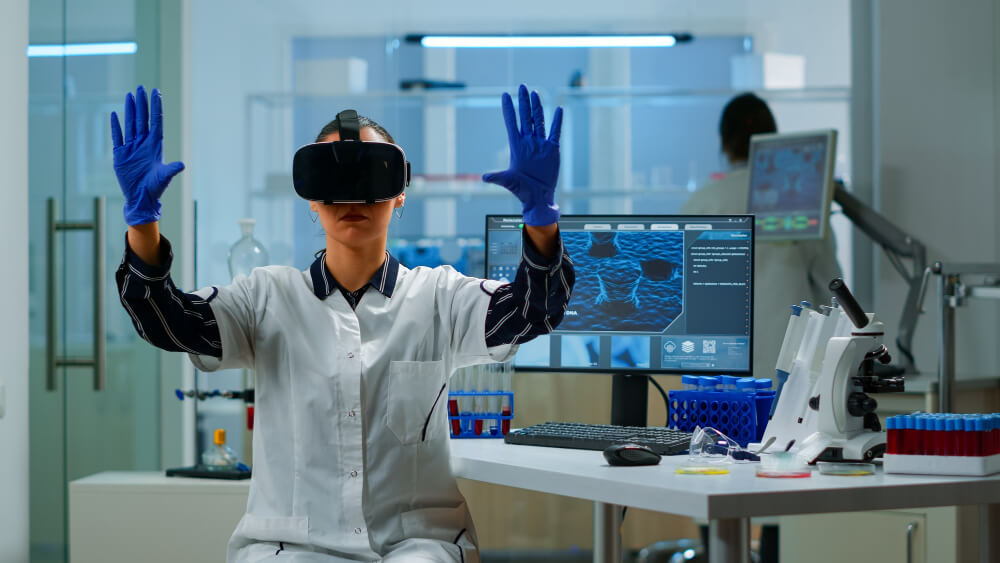
Future Directions: Virtual Reality and Beyond
While bioprocessing animation has already revolutionized our comprehension and optimization of biomanufacturing, the future holds even more exciting possibilities. One such direction is the integration of virtual reality (VR). Envision stepping into a virtual biomanufacturing facility and interacting with animated processes in an immersive 3D environment. VR could enhance training, process design, and troubleshooting, propelling bioprocessing to unprecedented levels of efficiency and innovation.
The fusion of animation technology with bioprocessing has unlocked new avenues for understanding, optimizing, and advancing biomanufacturing processes. From enhancing education and collaboration to predicting process outcomes and detecting errors, animation has become an indispensable tool in the biotech industry. As the field continues to evolve, we can anticipate even more sophisticated applications, including the integration of virtual reality, ushering in a brighter future for biomanufacturing and biotechnology as a whole.

